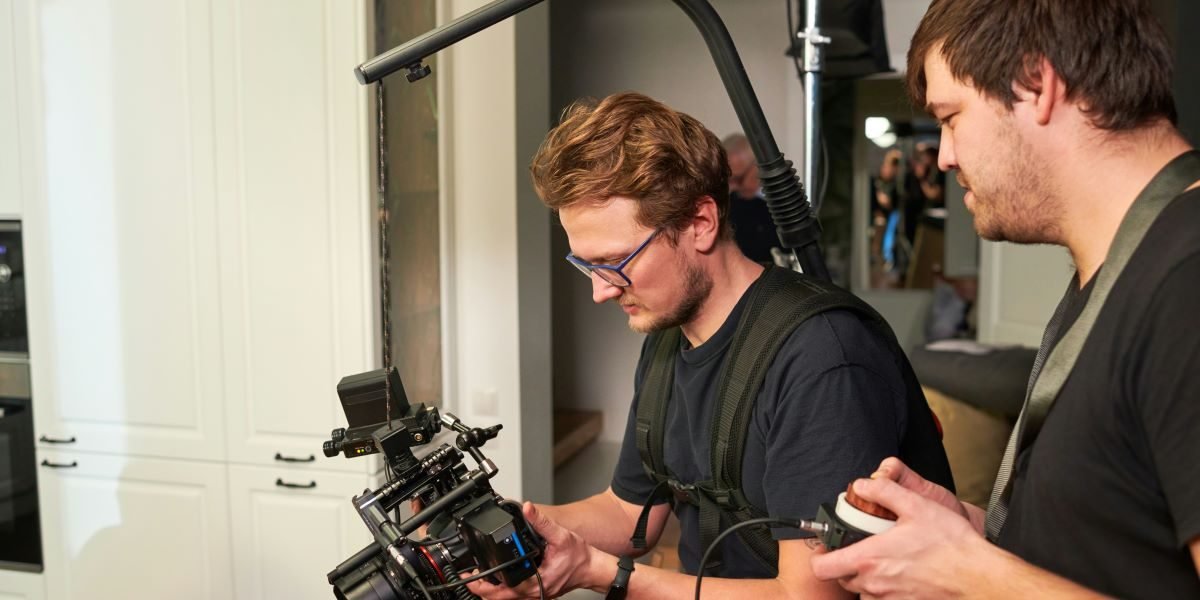Low-budget filmmaking has played a significant role in shaping independent cinema. By embracing resourcefulness and creativity, filmmakers have found ways to produce compelling works without relying on large budgets or extensive studio support. This approach has influenced both the methods used in film production and the opportunities available to emerging creators. Understanding the origins and principles of independent filmmaking, the creative solutions that address financial limitations, the broader impact on the industry, and key lessons for new filmmakers offers valuable insights into this evolving form of cinema.
Read also: Why Filmmakers Should Attend Film Festivals: Networking, Exposure, and Beyond
Origins and Principles of Independent Filmmaking Styles
Independent filmmaking has its roots in the desire to create films outside the conventional studio system, often motivated by the need to tell unique stories or experiment with unconventional techniques. Central to this approach is the principle of autonomy, where filmmakers maintain creative control over their projects from conception to completion. This contrasts with traditional filmmaking, which often involves multiple layers of approval and substantial financial backing.
The foundation of low-budget filmmaking lies in the careful planning and prioritization of resources. Instead of relying on costly equipment or large crews, independent filmmakers typically use accessible technology and lean teams. The emphasis is on flexibility and innovation, which allows for rapid adjustments during production. These principles encourage a hands-on approach where individuals often take on multiple roles, including directing, writing, cinematography, and editing.
A key characteristic of this style is storytelling that focuses on character and narrative depth rather than expensive effects or elaborate sets. This philosophy highlights the power of compelling writing and performance, proving that impactful cinema can be achieved without extravagant production values.
Creative Solutions for Producing Films with Limited Resources
Producing films with limited financial resources requires creative problem-solving and adaptability. One common method involves making the most of available technology, such as using affordable digital cameras instead of traditional film stock, which significantly reduces costs. Additionally, filmmakers often seek locations that do not require permits or rental fees, such as private properties or public spaces that are freely accessible.
Collaboration plays an important role in overcoming budget constraints. Independent productions frequently rely on volunteers or small teams where participants share responsibilities to maximize efficiency. This cooperative environment fosters a sense of community and shared investment in the project’s success.
Resourcefulness also extends to practical effects and set design. Rather than relying on expensive special effects, filmmakers might use simple props, lighting techniques, or camera angles to suggest elements that would be costly to produce physically. Post-production software tools have become increasingly accessible, allowing for editing, sound design, and visual effects to be managed without the need for high-end studios.
Scheduling flexibility is another solution, with productions often working around participants’ availability and natural light conditions to reduce the need for artificial setups. This approach requires detailed planning but can significantly cut expenses and logistical challenges.
Impact of DIY Filmmaking on Contemporary Film Production
The adoption of low-budget filmmaking methods has had a lasting impact on the broader film industry. It has expanded the range of voices and stories that reach audiences by lowering barriers to entry. More creators can now produce and distribute films without the need for large studios or extensive financing, contributing to a more diverse and vibrant cinematic landscape.
Technological advances in digital recording and editing have democratized filmmaking, making it possible to achieve professional-looking results on a modest budget. This shift has encouraged experimentation with form and content, leading to innovative storytelling techniques and new genres within independent cinema.
Moreover, low-budget filmmaking has influenced mainstream productions by demonstrating the effectiveness of streamlined crews and cost-conscious practices. Some larger productions have incorporated elements of these approaches to improve efficiency and reduce waste.
The rise of online platforms and social media has further amplified the reach of independently produced films, allowing them to find niche audiences and build communities without traditional distribution channels. This development has encouraged more creators to explore low-budget production as a viable path for sharing their work.
Read also: The Philosophy of Film Editing
Key Takeaways for New Filmmakers Using Low-Budget Techniques
Aspiring filmmakers interested in low-budget production can benefit from adopting several practical strategies. Prioritizing story and character development is essential, as these elements often resonate most strongly with audiences regardless of budget size. A clear and focused vision guides decision-making and helps maintain coherence throughout the production process.
Building a flexible and collaborative team is also important. With limited resources, teamwork and shared skills allow projects to progress smoothly despite constraints. Networking with other creators and learning from community resources can provide valuable support and knowledge.
Efficient planning, including thorough pre-production work such as script breakdowns, shot lists, and scheduling, minimizes costly delays and enhances creative control. Being adaptable and open to alternative solutions during production helps address unforeseen challenges without compromising the project’s quality.
Finally, understanding the tools available—both technical and financial—is crucial. Utilizing affordable or free software, equipment rentals, and crowd-sourced funding options can assist in stretching a budget while maintaining production value.
Low-budget filmmaking is not merely about cutting costs; it encourages innovative thinking and a focus on the essential elements of cinematic storytelling. By embracing these principles, new filmmakers can produce meaningful work that contributes to the ongoing evolution of independent cinema.










